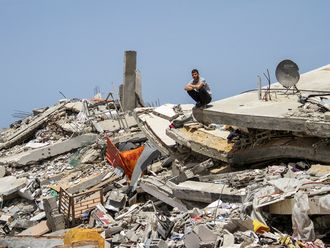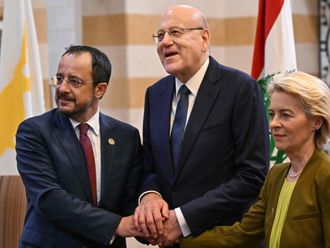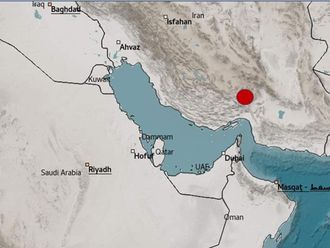London: The latest United Nations report on Iran's nuclear programme may not be the "game changer" it was billed to be, as some nuclear experts raise doubts about the quality of evidence — and point to lack of proof of current nuclear weapons work.
In a 14-page annex to its quarterly report on Iran released on Tuesday, the International Atomic Energy Agency (IAEA) said new intelligence and other data gave it "serious concern" about the allegedly peaceful nature of Iran's nuclear programme. "It's very thin, I thought there would be a lot more there," says Robert Kelley, an American nuclear engineer and former IAEA inspector who was among the first to review the original data in 2005. "It's certainly old news; it's really quite stunning how little new information is in there."
The IAEA supplemented the laptop information with data from 10-member states, interviews on three continents, and its own investigations in Iran, Libya, Pakistan and Russia. Most of the weapons-related work it details was shut down nearly a decade ago — in 2003 — the IAEA says, and less formal efforts that "may" continue do not bolster arguments that Iran is a nation racing to have the bomb.
Iran "doesn't seem to have the same North Korea-like obsession with developing nuclear weapons. That's nowhere to be found in the [IAEA] evidence," says Shannon Kile, head of the Nuclear Weapons Project at the Stockholm International Peace Research Institute (SIPRI).
Iranian officials rejected the report as a product of Iran's enemies in the US, Israel and the West — purveyed through Yukiya Amano, the Japanese head of the IAEA — even before it was released.
The 2005 laptop documents focus on three areas: a so-called "green salt project" to provide a clandestine source of uranium; high-explosives testing; and reengineering a Shahab-3 missile to fit a nuclear warhead.
News reports at the time indicated deep scepticism, when some of the laptop contents were first shown to diplomats accredited to the IAEA. In many quarters, doubt still persists. Recognising such scepticism, one portion of the IAEA report was devoted to addressing the credibility of the information. But Robert Kelly, the former IAEA inspector who also served as a department director at the agency, remains unconvinced.
"The first is the issue of forgeries. There is nothing to tell that those documents are real," says Kelley, whose experience includes inspections from as far afield as Iraq and Libya, to South Africa in 1993.
"My sense when I went through the documents years ago was that there was possibly a lot of stuff in there that was genuine, [though] it was kind of junk," says Kelly. "And there were a few rather high-quality things" like the green salt document: "That was two or three pages that wasn't related to anything else in the package, it was on a different topic, and you just wondered, was this salted in there for someone to find?"
It would not be the first time that data was planted. He recalls 1993 and 1994, when the IAEA received "very complex forgeries" on Iraq that slowed down nuclear investigations there by a couple of years.
"Those documents had markings on them, and were designed to resemble Iraqi documents, but when we dug into them they were clearly forgeries," adds Kelley.
— Christian Science Monitor










_resources1_16a3106a819_small.jpg)

